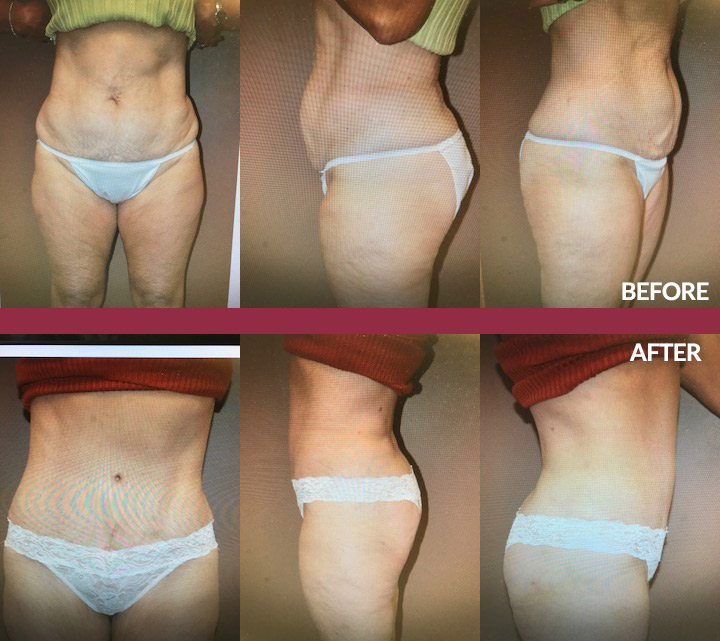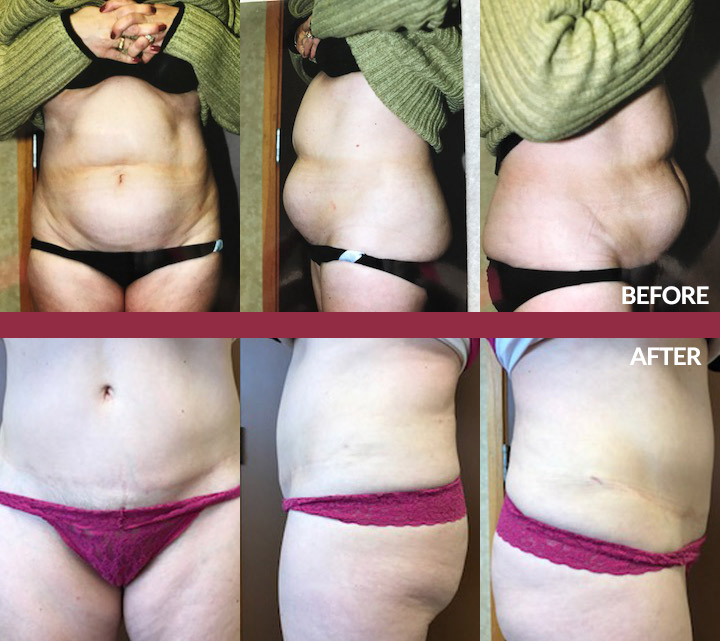Abdominoplasty | Tummy Tuck
After pregnancy or weight gain, the abdomen often fails to return to its original shape and does not respond as well to exercise and diet programs. In these cases, tummy tuck surgery (abdominoplasty) can provide a long-term solution. This frequently performed procedure is used to tighten overly stretched abdominal muscles for a flatter, smoother appearance.
A tummy tuck flattens your abdomen by removing extra fat and skin, after tightening muscles of your abdominal wall.
For a full tummy tuck, an incision is made across the lower abdomen, in the bikini line. Dr. Stein then tightens the loose muscles with special sutures. This creates a stronger abdominal core and a smaller waist. Excess skin is removed, and a new opening is made for the belly button at the right position.


After a Tummy Tuck
